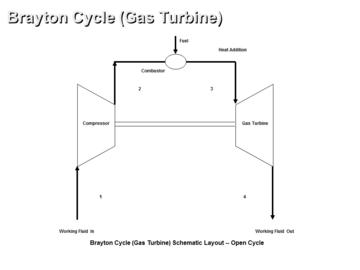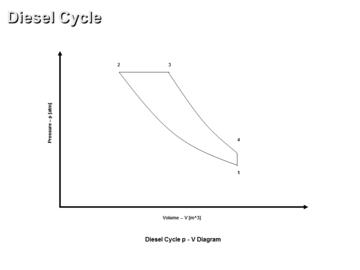Combustion Analysis
English
30-Day Money Back Guarantee
Full Lifetime Access
Self-Paced
Finish in
60 mins!
Finish in
60 mins!
Made for for
Employees
only
Employees
only
Certificate
of Completion
of Completion
Mobile -
Friendly
Access
Friendly
Access
What you'll learn
In this course, the student gets familiar with the ideal combustion and its h - T diagram
Ideal operation and major performance trends
Skills covered in this course
Description
Combustion is a process of active oxidation of combustible compounds such as: carbon, hydrogen and sulfur. Therefore, combustion is a chemical reaction. High amount of heat is released during the combustion process. Combustion has a high degree of importance in engineering.
Complete and adiabatic combustion of carbon, hydrogen, sulfur, coal, oil and gas at constant pressure, with no heat loss, with standard air as the oxidant at stoichoimetric conditions is presented. In this basic combustion course, both fuel and oxidant have the input temperature of 298 [K] or 77 [F]. Therefore, there are six separate combustion cases covered in this basic combustion online course. Reactants and combustion products specific enthalpy values change with an increase in the temperature and such specific enthalpy values are presented in a plot where one can notice the flame temperature definition. Physical properties of basic combustion reactants and products species are presented in a specific enthalpy vs temperature plot. For each combustion case considered, combustion products composition on both weight and mole basis is given in tabular form and plotted in a few figures. Also, flame temperature, stoichiometric oxidant to fuel ratio and fuel higher heating value (HHV) are presented in tabular form and plotted in a few figures. The provided output data and plots allow one to determine the major combustion performance laws and trends.
Table of Contents
Combustion
Analysis
Assumptions
Governing Equations
Input Data
Results
Conclusions
Author
His over 35 years engineering experience includes performing analytical modeling and computer modeling of physical properties, power cycles, power cycle components/processes and compressible flow. Also, conducting conceptual design, analysis and evaluation of energy conversion systems for basic and simple power and propulsion cycles.






